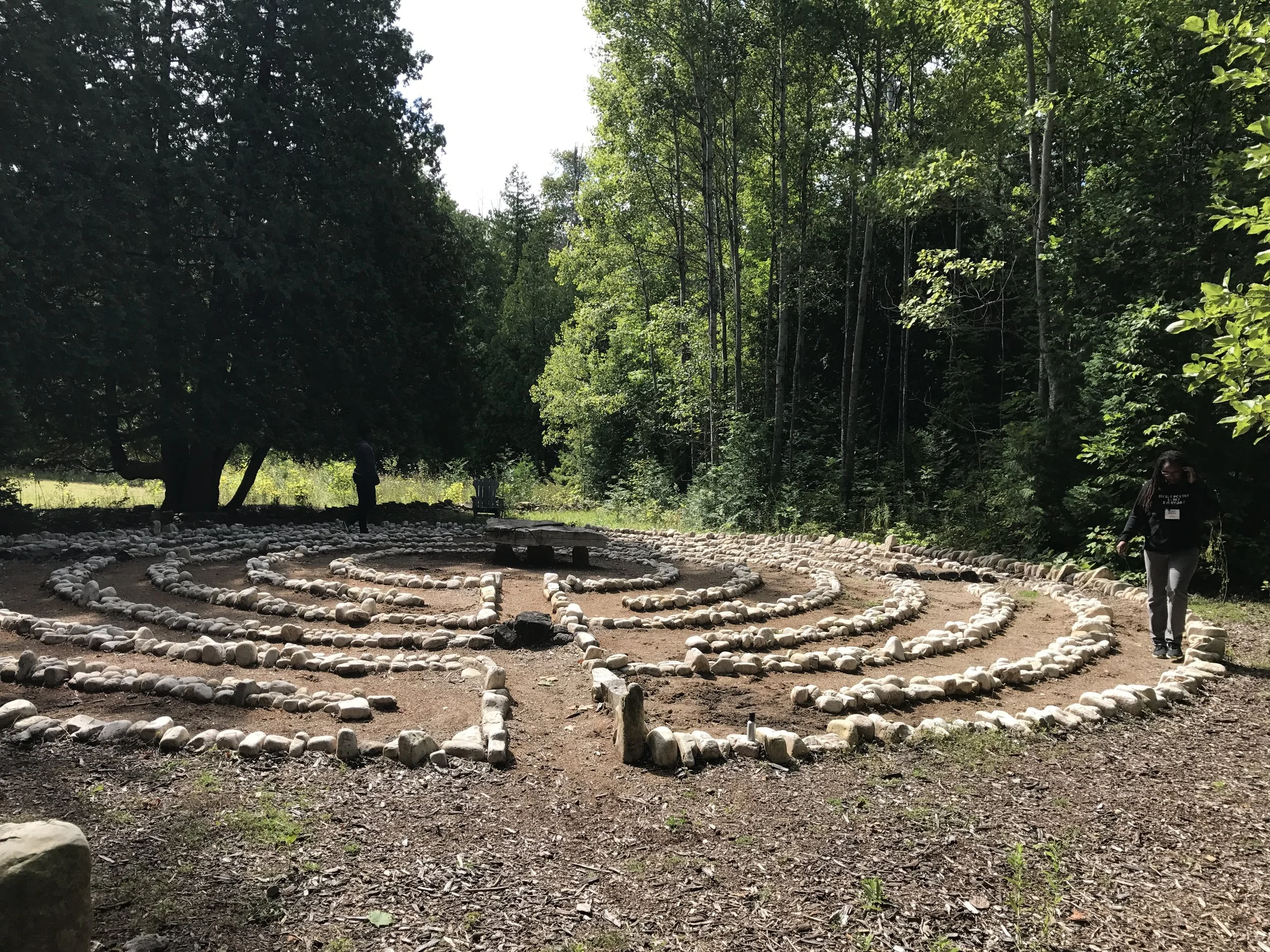analogy of the flowering plants
/Months ago, my partner and I decided that it was time we become the kind of people who can keep flowering plants alive. We’d had good success with a few vine-based houseplants, the kind you really have to work at killing, that one can propagate by cutting off a portion of it and sticking it in some water. We’d also succeeded at not killing air plants, the kind that do best if you manage not to even look at them too often.
So we went to Home Depot and bought two hanging plants, exuberant purples and oranges already blooming. How could we fail, we thought. We read the little plastic care cards and hung them on the back porch in what seemed the proper amount of sun, we watered them and watched them and watched them steadily die.
When it was clear that they were truly gone, we each assumed the other would throw them away, and left for a string of vacations and other distractions. And the strangest thing happened. A month or so later, they were resurrected. Green shoots shooting up from among the dead branches. Then flowers, not so many as when we overpaid for them at the oversized hardware store, but definitely, defiantly, flowers.
And what do we make of this? Not, certainly, that neglect brings blossoming in all cases, but that we often overcare for things. We tend our lives like overanxious parents, rebudgeting daily when our accounts have not changed, lying awake nights spinning our mindcogs about something we could have or should have or would have done differently, overcaffeinating in the hope that by crowbarring more work into each hour things will be better. Easier. Happier. More blooming.
Yesterday morning I went to lay out three tarot cards, one way I check in with myself and the Everything. Traditionally, a three-card draw indicates past, present, and future states, but I wanted something else. So I sat quietly until what came to me was this: Know. Be. Do. I just googled it, and of course I’m not the first person to come to this mantra -- apparently the U.S. Army’s leadership model is based on the variation “Be. Know. Do.” But in any case, it felt like a newish thought to me.
We -- I -- get so caught up in the doing, the action, that we lose connection with what centers and grounds us: the knowing, and the being. It’s only from here that truly effective and meaningful action can come.
Sometimes, we have to leave the plants alone. Step away from what knows how to grow all on its own, leave it in a place it can get sun and rain and some friendly insects. For me, to become a gardener of sorts was to become an adult -- my mother has an award-winning garden designed not only for beauty but to support butterfly migration. So I overtended, ineffectively, because it was only about the action and what I wanted to happen.
It’s an imperfect analogy; I don’t know how long the flowers will survive, or what we’ll do with them over the winter. Benign neglect is hardly an answer to most of the world’s problems. But caring enough, without ego-driven grasping -- what the Buddhists call loving detachment -- is something those tenacious flowering plants in their plastic hanging pots taught me. To pause, to go hands-off, to trust, to let go and let the Everything do its good work in its own time. That’s today’s magic.
